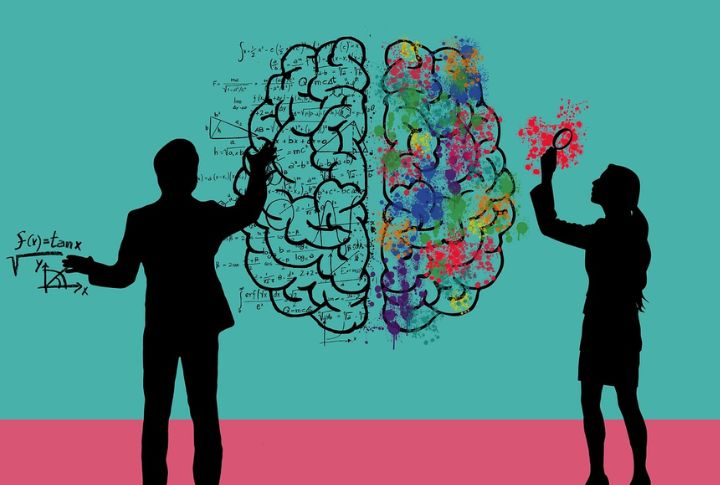
At some point, we were told that our brains have a preferred side. Left-brain people crunched numbers. Right-brain types made art. That idea made its way into classrooms and offices. However, science continued to investigate, and the results revealed a different story. You’re not split in half. And your mind’s more unified than you’ve been told. Let’s dig deeper into the facts.
The Brain Side Theory Took Off Fast
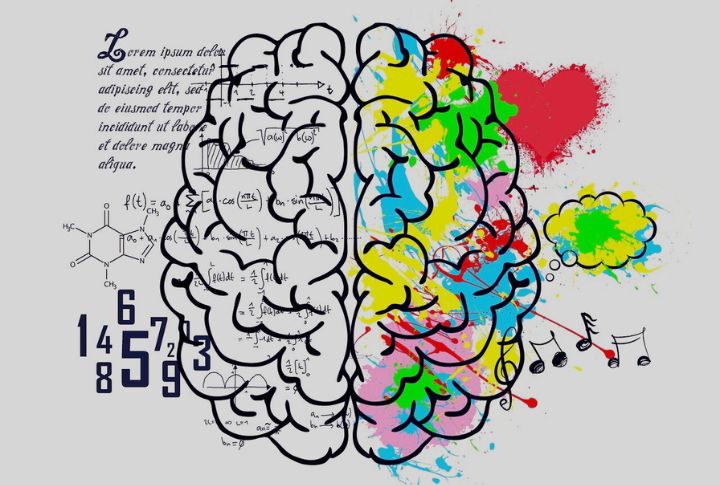
In the 2010s, viral posts and animations exaggerated hemispheric brain functions by claiming people were inherently one-sided thinkers. These visuals gained traction on social media platforms despite the underlying claims lacking scientific validation. The repetition of these ideas helped entrench the myth in mainstream discourse.
The Hemispheres Physically Exist And Connect
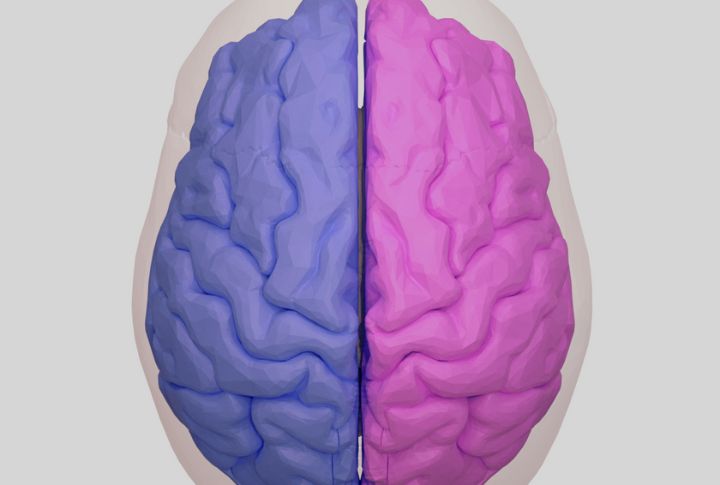
The brain is split into left and right hemispheres, joined by a thick bundle of fibers called the corpus callosum. Each hemisphere governs the opposite side of the body, yet both sides constantly share data. Brain scans confirm joint activity across hemispheres during nearly every task.
The Split-Brain Studies Were Very Specific
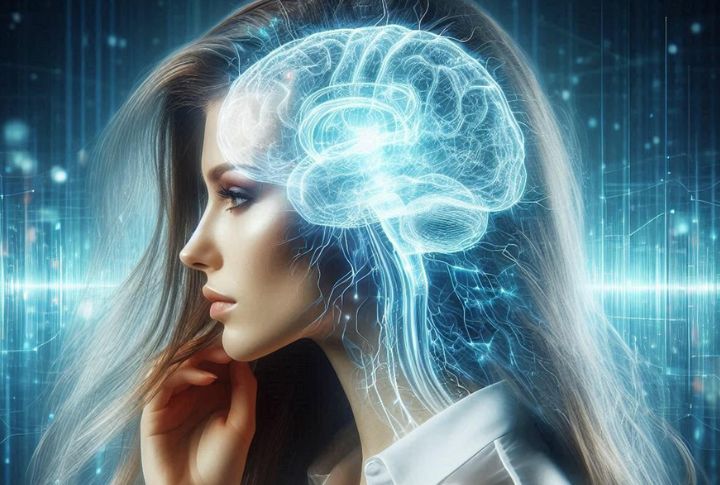
Roger Sperry and Michael Gazzaniga studied patients who had surgery to cut the corpus callosum, often performed as a treatment for epilepsy. Their experiments revealed that task localization, such as language, is usually processed in the left hemisphere—but only in extreme medical cases, not in the general population.
Misinterpretation Turned Data Into A Myth

Sperry’s groundbreaking research earned a Nobel Prize, but its nuance was lost in translation to the public. Media articles and self-help books began linking personal traits to hemispheric dominance, even though the original studies never made such claims. The myth took hold because it was easy to repeat.
Brain Imaging Research Disproves The Theory
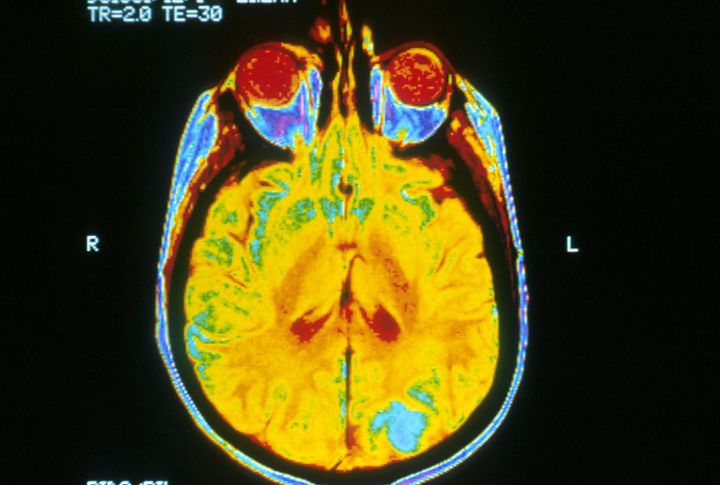
A 2013 study from the University of Utah analyzed brain scans from over 1,000 individuals. It found no evidence of consistent left- or right-hemisphere dominance about skills or personality. Functional MRIs consistently demonstrate that activities such as reasoning and language require both hemispheres to work in tandem.
Specialization Exists But Isn’t Absolute
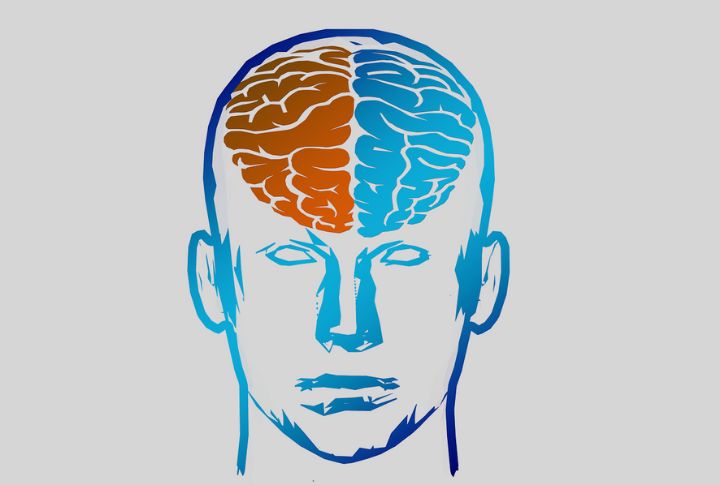
While the brain does exhibit some lateralization, with language often associated with the left hemisphere and spatial skills linked to the right, this pattern varies significantly based on age and handedness. Even clearly lateralized functions still activate both hemispheres as the brain integrates and distributes cognitive effort.
Bilateral Sleep Patterns Strengthen Memory And Focus

During deep sleep, the brain enters a slow-wave rhythm where both hemispheres take turns activating. A 2023 Nature Neuroscience study found that this synchronized pattern helps strengthen attention and memory. Rather than favoring one side, your brain’s ability to focus and retain information relies on balanced, bilateral activity.
Learning Styles Based On Sides Are Disproven

Although once popular, the idea of left-brain versus right-brain learners lacks scientific support. Controlled educational studies found no benefit in tailoring teaching to such styles. Neuroscience confirms that all students engage both hemispheres while learning, and the brain adjusts dynamically rather than following fixed patterns.
Your Thinking Depends On Whole-Brain Networks
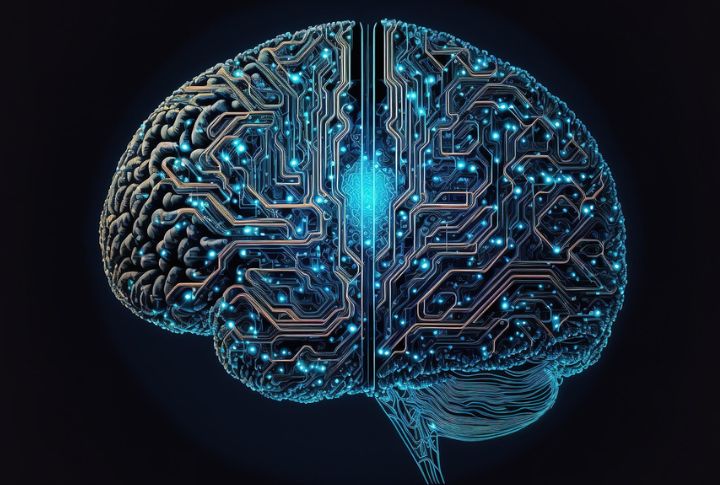
Integrated brain systems, such as the Default Mode Network and the Executive Control Network, drive high-level thought. These systems span both hemispheres and coordinate to support imagination and memory. The presence of functional specialization does not mean tasks are confined; instead, networks shape mental agility.
How Memory Uses Both Sides Of The Brain

A 2021 study by Barbas and Pandya found that memory recall depends on communication between both brain hemispheres, not just one dominant side. The corpus callosum acts like a bridge, connecting functions such as spatial awareness and emotional context to improve clarity, speed, and accuracy in memory formation.

